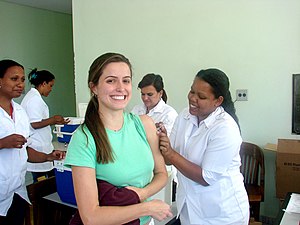A little known fact is that any time you are called to your child's school because of behaviors and asked to take them home. It's a suspension. What this means is that it's inappropriate to keep a parent on speed dial waiting for the next blow up. Oh, it happens.
What are the choices for parents? It's tricky. You could refuse to pick them up, but this leaves your child in a situation that is obviously not working. You could go get them. In this case, a parent can ask for documentation that they were asked to get their child. That's key to the next step; fixing the problem.
Warning Signs
When a parent is called for a fever, it's a sign that a kid is ill and needs rest, maybe some soup. When you get a call saying, "we can't handle this kid". That's a sign too. It's a clue in to a bad placement or a need for modification.
The first thing to look at is the data. Behavior charting can offer big clues for parents. If there's a pattern, you can see it. Remember that patterns can be found in the staff present or absent, as well. Behavior charting should already be done each day and ready for the parent at any time. It should be easy to read and understand, and it should be complete.
Looking at our child's environment is important. If they are already in the most restrictive environment, what changes can we make that will get them back in the classroom and learning again?
Look at staffing, are there enough? Too many? Are they trained in your child's disability?
Take Action
Time is precious in the classroom. When we see a pattern of classroom removals (in school suspensions) or involuntary suspensions, it's already time to take some action. It is important to determine the least restrictive solution. In some cases, a new placement is in order. Others would require a one to one staff member, until documentation proved no more need for it.
Missed class time is a tragedy for any child, however, in the world of special education it's a warning sign. When a child isn't fitting into a classroom anymore, something must be done quickly to get them back on the road to success.









